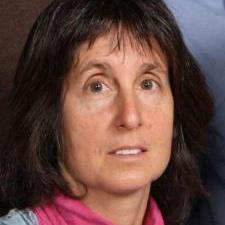
Victoria V. answered • 04/02/16
Tutor
5.0
(402)
Math Teacher: 20 Yrs Teaching/Tutoring CALC 1, PRECALC, ALG 2, TRIG
Hi Belinda.
I cannot draw here, but I can show you how to arrive at the correct answer.
Lets start with "pattern recognition".
Since for every 5 storybooks there must also be 3 science books, and the same number of picture books as science books, we can replace "science books" with "picture books" everywhere we see it because they will always be the same.
If I start with 5 storybooks and 3 science books, I have kept the ratio (5story/3picture) correct.
To keep the ratio correct, I will add 5 story books every time I add 3 picture books.
Story Picture
Start with: 5 3
(now add 50 to the picture books = 53, does that = the number of story books (5)? NO )
Try again by adding 5 more story books and 3 more picture books (to keep the ratio correct)
10 6
(now add 50 picture books = 56 picture books, does that = 10 story books? NO)
Again, add 5 more story books and 3 more picture books
15 9
(now add 50 picture books = 59 picture books but only 15 story books, not the same, so do it again).
20 12 (12 + 50 ≠ 20)
25 15 (15 + 50 ≠ 25)
30 18 (18 + 50 ≠ 30)
You could continue this pattern until the number of story books (by adding 5 each time) was the same as the number of picture books (by adding 3 each time), but a pattern emerges:
5 n = 3n + 50
n = the number of times you will have to add 5 to the story book column and 3 to the picture book column
Solving this you get n = 25.
So there are 5n = 5(25) = 125 storybooks, there are 3(25) + 50 = 125 picture books, and there are 125 science books.




